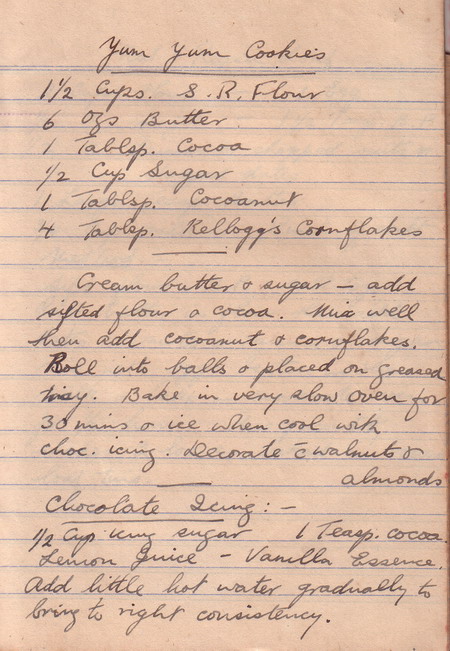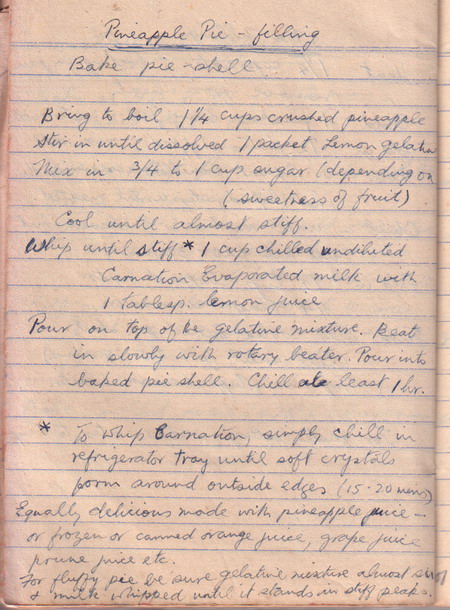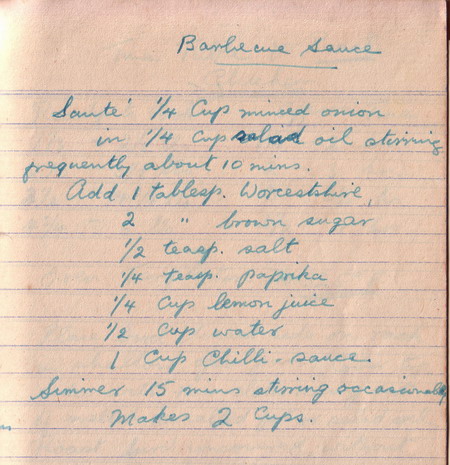The cornflakes in this recipe reminds me of the cornflake cookies that are a popular snack for Chinese New Year here in Singapore and Malaysia. Have a look at sample recipes from some Malaysian food bloggers here, here and here. However, with the cocoa, coconut, chocolate icing and walnuts and almonds, this recipe is definitely quite a different type of cookie.
It’s not stated what form of coconut is required, but as this looks like an American recipe (use of the word ‘cookie’ rather than ‘biscuit’), I assume it refers to dessicated coconut, which is the main form of coconut used in western cooking.
This is another recipe that uses a commercial packaged food as one of the ingredients – Kellogg’s cornflakes. With Kellogg’s cereals today largely being heavily sweetened, highly-processed and not-very-healthy foods aimed at kids, I was most surprised to discover that Kellogg’s cornflakes started out as a vegan health food for the patients at the Battle Creek Sanitarium in Michigan, USA, run by Dr John Harvey Kellogg.
The John Kellogg story is a bizarre and fascinating one involving conflicts with Seventh Day Adventists leaders, anti-sex and anti-masturbation campaigns (cornflakes was part of the cure for over-sexed youths!), as well as the racial segregation and eugenics movements! No wonder his life inspired the novel and film, The Road to Wellville! Now that’s another story :) …..
The origins of dry breakfast cereals was rooted in health concerns, beginning in 1863, when James Caleb Jackson, operator of the Jackson Sanitarium in Danville, New York, invented a bran nugget cereal called granula. This was Jackson’s antidote to lack of fibre in the average the dairy and meat-heavy American breakfast at the time.
Other commercial cereals followed with Dr John Kellogg and his brother, Will, inventing granola (1877) and cornflakes (1894), and one of John Kellogg’s sanitarium patients, Charles William Post, came up with grapenuts (1897). The Washburn Crosby Company (part of General Mills from 1928), the company behind Gold Medal flour and Betty Crocker, began producing its first ready-to-eat cereal, Wheaties, in 1924. We can still see these names on supermarket shelves today in cereal brands and names.
I’ll need to read up more on this but it appears that the turning point in breakfast cereals’ development from unpalatable health food to everyday sugary treat was in the 1950s, when industrialised production and sophisticated marketing became more intensive. Sweetened cornflakes, known as Sugar Frosted Flakes or Frosties, were first produced in 1952, with Tony the Tiger as the colourful mascot.
Check out the present-day cornflakes manufacturing process here. Sugar and another sweetener, high fructose corn syrup, as well as the synthetic antioxidant, BHT (E321) – used as a preservative and which can cause reactions in some people, all feature on the list of ingredients.
The best book on the subject appears to be Cerealizing America: The Unsweetened Story of American Breakfast Cereal by Scott Bruce and Bill Crawford. I haven’t seen the book myself, but like most food history books, it’s a popular publication with no footnotes. Read a brief review and an excerpt about television marketing of cereals.

Read Full Post »




